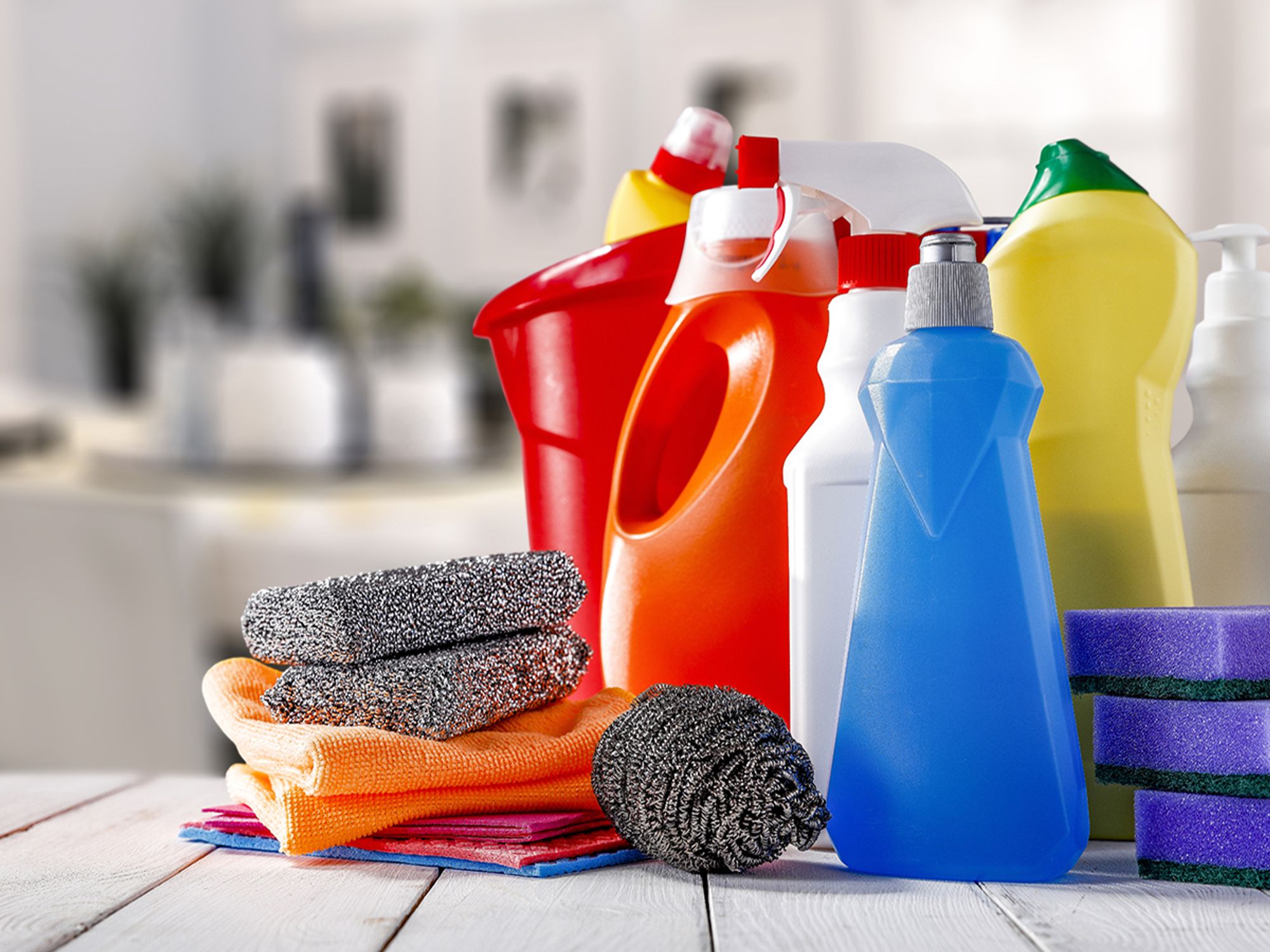Three ways drivers cheat on urine drug tests

- The way in which a driver tries to conceal drug use during a urine specimen collection will fall into one of three categories: adulterant, substitution, or dilution.
Some drivers try to beat the system when sent for a DOT urine drug test.
The methods they use to try to conceal drug use typically fall into one of three categories:
- Adulterants
- Substitution
- Dilution
Fortunately, the DOT testing rules have safeguards built into them to help detect drivers who tamper with their specimen.
- Drug-masking substances
A drug test result of adulteration means the urine specimen has been altered. Testing of the urine at the lab shows either a substance that does not occur in human urine or an abnormal concentration of a substance that is found in a person’s urine.
Typically, adulterated results occur when something has been added to the urine to mask what’s really in the specimen and create a false negative. The substance either interferes with the lab’s screening test and/or destroys the drug metabolite in the sample.
Drivers who want to hide drug use may use everyday household products (e.g., bleach, iodine) in their tampering attempts, while others go so far as to obtain commercial, yet legal, drug-masking substances. - Substituted specimens
A substitution occurs when the sample provided is something other than a driver’s urine. This may occur if a driver smuggles in something similar in color to human urine such as beverages (e.g., lemonade, soda, sport drinks) and provides it as the sample.
A substituted specimen may also be powdered urine in packets (just add water) and purchased with the intent of cheating on a drug test in the event the driver is told to report for a test. Other schemes might include using synthetic urine or urine from another person that is smuggled into the collection site. The biggest challenge for someone bringing in a substitute is providing a sample at the correct temperature. - Diluted specimens
A specimen that has a higher-than-average water content is considered dilute. Some specimens are slightly outside of range when a driver drinks a large amount of water to provide a sample. Others consume large quantities of water hoping the drug will not show up. And, finally, a dilute specimen could occur if the driver tried to dilute the specimen through a water source, such as the toilet or sink. This should be less likely if the collection site is following DOT procedures, since the driver should not have access to clear water during the test.
If a diluted specimen is within is a specific range, the medical review officer will contact the motor carrier and instruct it to send the driver for an immediate recollection under direct observation.
Thwarting attempts at the collection site
DOT drug collection testing procedures should deter or detect attempts to tamper with the urine specimen.
The collector is required to:
- Turn off water and/or tape handles to prevent opening faucets,
- Ensure the water in the toilet is dyed blue,
- Make sure possible adulterants are not present (e.g., soap, disinfectants, cleaning agents),
- Inspect the site to spot any foreign or unauthorized substances, and
- Secure the toilet tank top (e.g., tape) or put bluing in the tank.
The preliminary steps in the collection process also put up another roadblock to tampering. During a test, the driver is instructed to:
- Provide positive identification (no one else can go in the driver’s place);
- Remove outer clothing (coveralls, jacket, coat, hat) that could conceal items or substances used for tampering;
- Leave these garments and any briefcase, purse, or other personal belongings with the collector or in a mutually agreeable location; and
- Empty pockets and display any items in them (potential adulterants).
Together, these steps should prevent a driver from interfering with the urine collection.
At the lab
In addition to testing for the prohibited drugs, a certified lab performs validity testing on urine specimens. Validity testing determines whether the specimen is consistent with normal human urine.
The test will catch:
- Certain adulterants/foreign substances,
- Dilution, and
- Specimen substitution.
A test is reported as invalid when an unidentified adulterant, interfering substance, or abnormal physical characteristic prevents the lab from completing the test or obtaining a valid test result (positive, negative, adulterated, or substituted). An invalid test without a valid medical explanation from the driver provided to the medical review officer results in recollection under direct observation.
Employer’s role in preventing tampered tests
Employers can take measures to prevent attempts at tampering with urine specimens.
For instance, the carrier must ensure a driver immediately proceeds to the collection site for a random test once notified (as required under regulation). The driver is given a certain amount of time to arrive at the collection site, with no time for a detour for a substitution or adulterant. A scheduled appointment, rather than a walk-in or scheduled window of time, ensures that the driver’s arrival is tracked.
When requesting a reasonable suspicion test, it is always wise to accompany the driver as a matter of policy. If the driver is under the influence, it ensures a safe trip to the collection site and prevents the driver from finding something to use in tampering.
